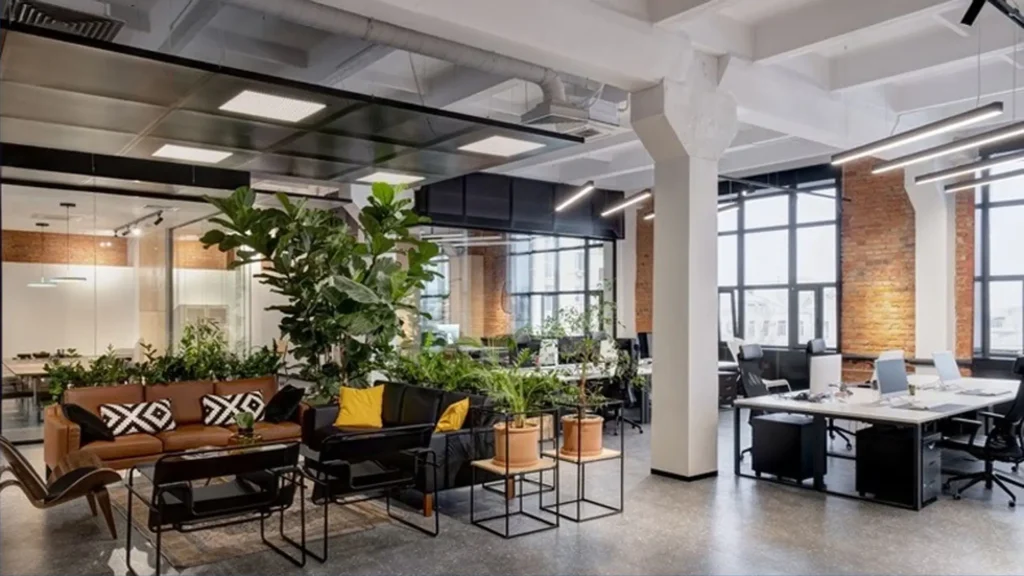Billions at Risk as Businesses Struggle to Adapt in the Wake of Remote Work Surge
As the global economy continues to grapple with the aftershocks of the pandemic, a concerning trend is emerging in the commercial real estate sector: office-loan defaults are nearing historic levels. With billions of dollars on the line, this phenomenon underscores the profound changes in how businesses operate and the enduring impact of remote work.
According to recent data from financial institutions, the rate of office-loan defaults has surged to levels not seen since the financial crisis of 2008. This alarming trend is indicative of the challenges faced by traditional office spaces in the era of remote work, flexible schedules, and decentralized operations.
The COVID-19 pandemic acted as a catalyst, accelerating pre-existing trends toward remote work and digital transformation. What was initially perceived as a temporary shift to remote operations has since evolved into a fundamental restructuring of the workplace landscape. Companies, both large and small, have embraced remote work as a viable long-term strategy, reevaluating the need for expansive office spaces and reassessing their real estate portfolios.
The consequences of this seismic shift are reverberating throughout the commercial real estate market. Landlords are grappling with rising vacancies and declining rental yields as businesses downsize their physical footprints or transition to hybrid work models. The once-thriving office districts in urban centers now bear witness to rows of empty desks and quiet corridors, a stark contrast to the bustling hubs they once were.
Compounding these challenges is the reluctance of some businesses to return to pre-pandemic leasing agreements. With remote work proving to be both feasible and cost-effective, many companies are reevaluating their priorities, prioritizing flexibility and adaptability over traditional office setups. As a result, negotiations between tenants and landlords have become increasingly contentious, with disputes over lease terms and rental rates further exacerbating the strain on the commercial real estate market.
The implications of rising office-loan defaults extend beyond the confines of the real estate sector, posing broader economic risks. Financial institutions, saddled with nonperforming loans, face mounting pressure to mitigate losses and shore up their balance sheets. Investors, wary of the uncertainty surrounding commercial real estate, may seek refuge in alternative assets, further dampening liquidity in the market.
However, amidst the challenges lie opportunities for innovation and reinvention. Forward-thinking developers and property owners are exploring creative solutions to repurpose underutilized office spaces, transforming them into mixed-use developments that cater to evolving consumer preferences. From residential conversions to experiential retail concepts, these adaptive reuse projects are breathing new life into once-stagnant properties, revitalizing neighborhoods, and driving economic growth.
Moreover, the shift towards remote work has unlocked new possibilities for workforce mobility and talent acquisition. Companies are no longer bound by geographic constraints, enabling them to tap into diverse talent pools and reduce reliance on expensive urban office spaces. By embracing remote work as a strategic advantage rather than a temporary inconvenience, businesses can optimize their operations, enhance employee satisfaction, and foster innovation in a rapidly evolving digital economy.
The surge in office-loan defaults underscores the profound transformation underway in the commercial real estate sector. While the challenges are significant, they also present opportunities for reinvention and adaptation. By embracing flexibility, innovation, and forward-thinking strategies, businesses and stakeholders can navigate the evolving landscape, ensuring resilience and prosperity in the post-pandemic era.












